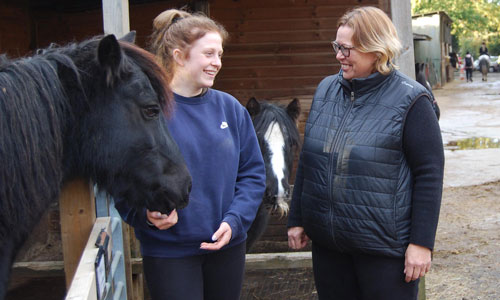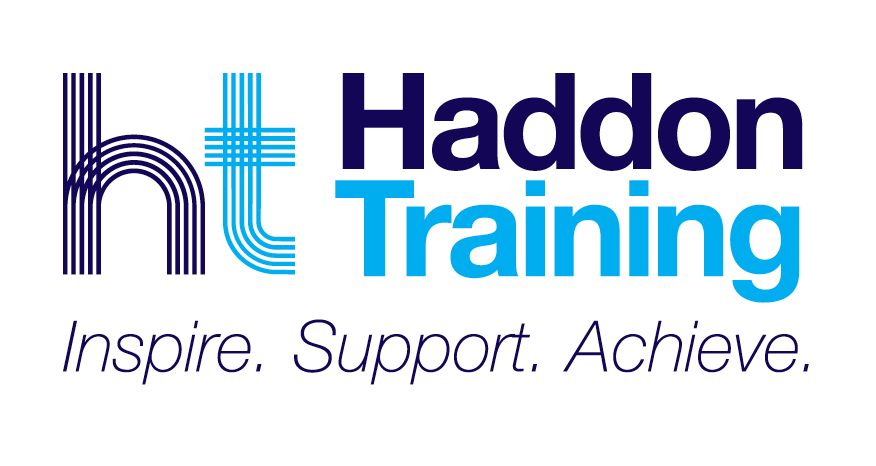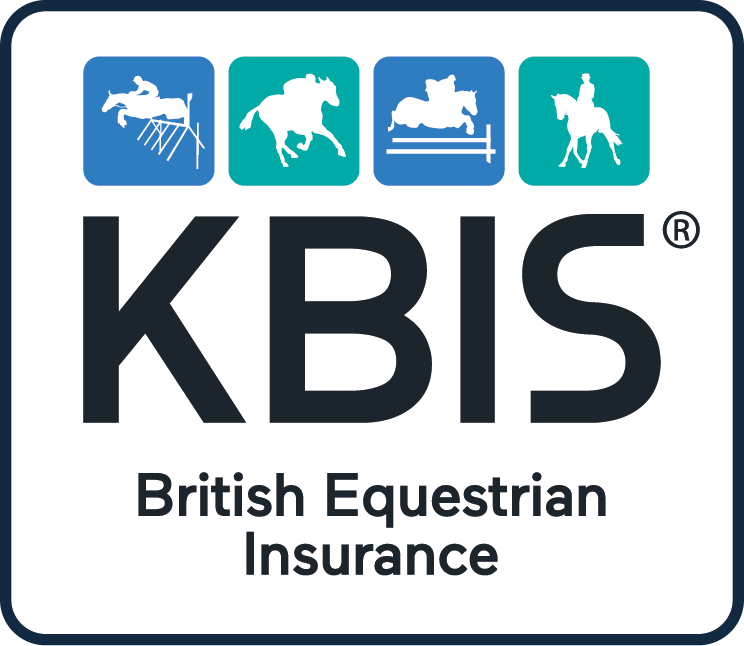- Join Us
- Login
- EEA ToolKit
- Employment Essentials
- Frequently asked
- Contracts and wages
- Time off work & absence
- Staff management & training
- Workplace disputes
- Dismissals and resignations
- Pregnancy and children
- Avoiding discrimination
- Redundancy and Retirement
- Other responsibilities
- Legal Helpline
- Recruitment
- Good Recruitment
- New starters
- Find a groom
- Good Employment
- Resources
- Downloads Library
- EEA Pension & Payroll
- Safe workplace
- Employers Minds
- Transporting horses
- Riding Establishment Licences
- Member discounts
- Business Hub
- Equestrian businesses
- The business plan
- Business compliance
- My clients
- Livery Contract Creator
- Financial matters
- Business challenges
- Marketing
- The EEA
- Employers Life
- Contact

Employer's Life
The Equestrian Employers Association discusses. Running a business, any business, can be hard. But running an equestrian business comes with its own additional unique challenges. They are then expected to be elite riders as well as top level coaches, brand ambassadors, experts on social media and of course have a degree in business and people management. Unfortunately these pressures are not about to change, and neither is the law so in this article we look at how to make some small changes that can make a big difference. Undoubtedly the largest costs for most employers is their employees and this is about to increase again. As of April 1 2019, the National Minimum Wage will increase to: This means that a groom over 25 years old, working an average of 50 hours a week, will be getting a salary increase of £988 per year. With the rise in the NMW you have two options: Many employers would argue that they can’t decrease hours due to being too busy, and while for some this may be true, for others it might be useful to look at expectations and efficiency. You could consider staggering start and finish, break and lunch times. Without increasing working hours you can spread the hours your team are on the yard from by starting one employee 30 minutes earlier (to come in a feed and start the yard), but then let them finish 30 minutes earlier, and someone else to start 30 minutes later but finish later. This means you have extra hands around for longer and the rest of the team aren’t hanging around waiting for horses to be fed. An example of this might be, cleaning saddles every other day instead of each day which could save as much as 30 minutes. That 30 minutes could mean that someone can finish early each day. If you can’t afford to have your staff on the yard longer than 7.30-5.00pm, then don’t. As long as the welfare of the horses is not compromised, it mustn’t be, but keep it real – does it really matter if the tack room door is closed on some uncleaned tack? It is a balance between what is absolutely necessary and what can roll over to the next day. Something as simple as buying a larger wheelbarrow, or the correct brushes for the job can dramatically decrease the amount of time spent on every day jobs. Look at your yard layout – is it efficient? When it comes to efficiency having effective communication so everyone understands what is happening and when to avoid wasting time or hanging around is vital. Ensuring your team have time to eat regularly throughout the day will also help keep their energy levels and productivity up. A tired team will lack energy and enthusiasm. Just because “you’ve always done it that way” doesn’t mean it’s the most efficient way. Being a boss who inspires and not demotivates is also key as your team will try harder and work more for someone they respect. With the competition season well underway, this is one area every employer needs to be aware of. The most cost effective solution for the business is to give time off in lieu. Keep a record of any extra hours worked and any hours given back so that you both know what is owed. These hours don’t have to be given back in bulk and could mean that the employee simply finishes an hour early each day. Be aware that having a staff member down can put pressure on the rest of the time so try and be organised and give the time off on days when most horses are also having a day off so that is doesn’t impact on everyone else. Sit down and work out your costs v’s your income. Seeing it written down will help you see which areas of the business you might need to expand or cut back on. Example: A horse on full ridden livery charged at £140 per week. A recent poll conducted by the Equestrian Employers Association, revealed that only a third of equestrian employers had increased their prices of livery or coaching in the last 18 months. While the initial outlay is greater you might be surprised how much you save by buying bedding / feed / shampoo / tack cleaner in bulk. Don’t have time to shop around? Delegate the responsibility to one of your team who might enjoy the challenge. Don’t forget to use the EEA discount code for discount insurance policies with KBIS, automatically saving you 10% off. For more help and advice get in touch with the team who are happy to talk things through with you. How to make the figures add up
28th March 2019

One of the issues with equestrian businesses is that many employers come into the sector through their passion and talent, but with no, or little business management skills.Staffing costs
25 and over - £8.21
21-24 years - £7.70
18-20 years - £6.15
Under 18 - £4.35
Apprentice rate - £3.90
Times that by three full time grooms and we can see why that is a cause for concern. But this is the law and must be adhered too, otherwise you are putting yourself and your business at real risk.Saving money on staffing costs
Having a daily job list can help you understand what goes on each day on the yard and if there are areas which might be cut back on, without compromising on the care of the horses, or the service you provide.
Get your team involved with this discussion, they will feel valued to have an input and will usually come up with some great ideas and how to save time each day.Overtime
For every additional hour working (this includes time in the horsebox travelling to and from competitions) is time that your employee either has to be paid for, or have time off in lieu.
You do not have a legal obligation to pay above the employees hourly rate, or NMW, for any additional hours work, but they must be paid for it, or have it back as time off.Have a business plan and understand your pricing structure
Hay, feed, bedding costs = £40 per week
Stable and field ‘hire’ costs = £30 per week (based on a DIY livery price)
Staff time costs at approx. 1.5 hours per day x 7 days = £86.21 a week (based on new NMW rate for over 25).
Total costs to you = £156.21.
Total loss = £16.21 per week.
This is not to say you should immediately dismiss all of your liveries as they may bring income in additional areas, such as extra coaching, travel to competitions etc. But be aware and understand your costs.Price Increase & Saving money
While it is important for businesses to remain competitive it is imperative that the figures add up. An example being livery costs. If you have just 10 horses on livery and increase costs by £5 per week over the course of a full year this would add up to an additional £2,600 per year.
Inflation is all around us and the equestrian industry should be no different.
Look at where you can save money. For example, how is your Payroll managed? Does your accountant do it for you? How much does this cost per year?
Maybe you could save money by using the EEA Pension and Payroll services. You might not, but it is worth running a comparison.
Do you need to refresh your employee's contracts? Don't spend money on this, the EEA Contract Creator will help you to create bespoke versions for all your team. Buy in Bulk
BLOG ARCHIVE
- 2026 (1 ENTRIES)
- 2025 (18 ENTRIES)
- 2024 (10 ENTRIES)
- 2023 (10 ENTRIES)
- 2022 (6 ENTRIES)
- 2021 (4 ENTRIES)
- 2020 (7 ENTRIES)
- 2019 (14 ENTRIES)
- 2018 (9 ENTRIES)






















-Small.jpg)



